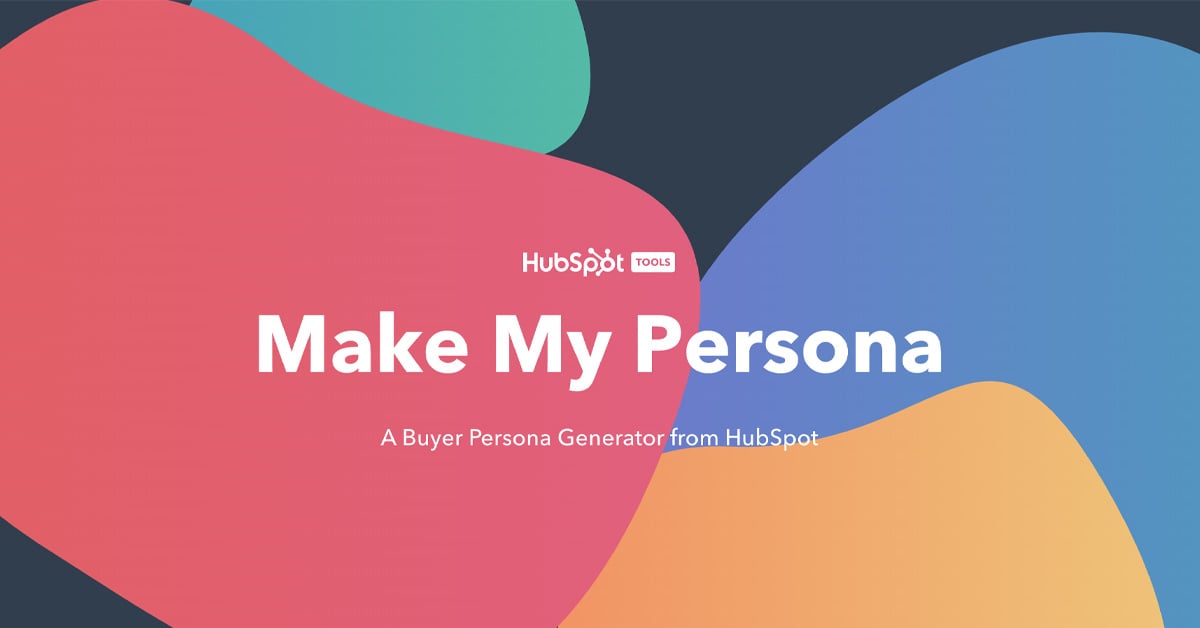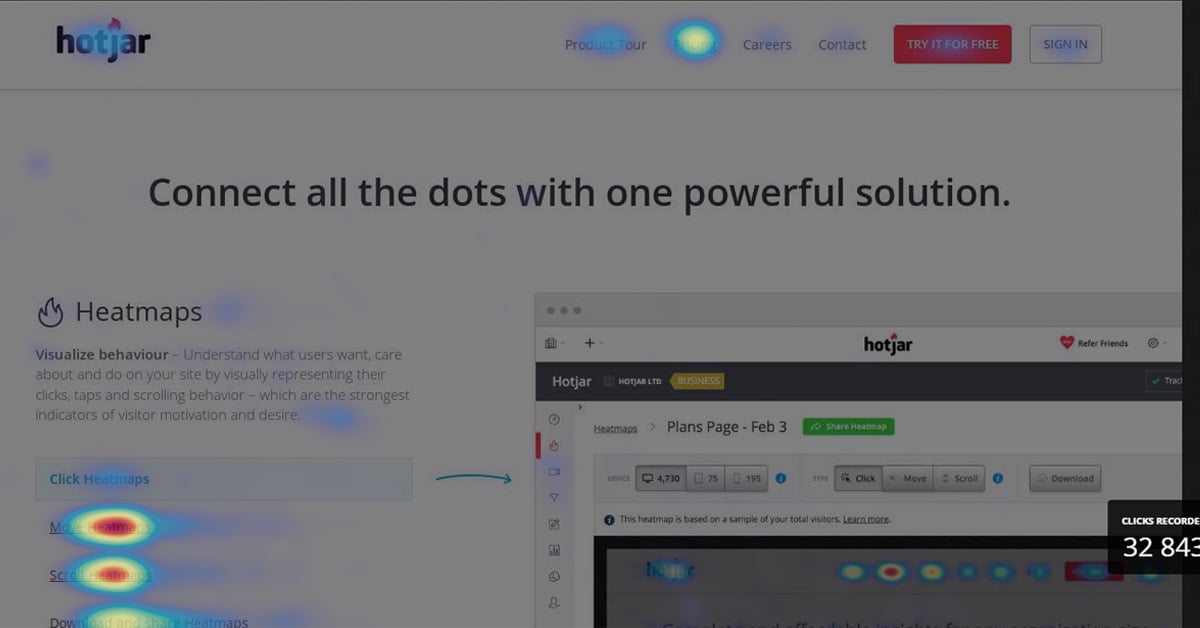Creating a content strategy for your inbound marketing may seem like a complex process with a lot of factors involved. With this article we hope to guide you on this journey. The following questions have the purpose to make you think on how to connect the dots and create a coherent, effective content strategy.
The first question to be considered when forming your content strategy is what outcome do you want to deliver with this strategy? In other words, what are the overall goals you want to set and achieve with the content that you will be delivering. Think about goals such as building brand awareness, increasing website visits or generating more leads. When this is defined, all the tasks after this should be in line with achieving those goals.
Misguided goals only lead to wastage of time, money and energy. Knowing what the purpose is of your content, will also help your team to become motivated and join you to achieve those goals together. Only then will your inbound marketing strategy become effective!
Are you uncertain about when the right timing is to start with this? We created an article with five reasons why it is not too late to start planning your content.
When you create valuable content with the purpose to entertain, to inspire, to educate or to convince, the content needs to be in line with what your target group is searching for. The possibility that you will drive conversions on your e-commerce site for lawn mowers through blog articles about the newest trends on ice skates is obviously not very high. It is therefore crucial to do thorough research on who your target group is. Examples of audience characteristics to research are demographics, trends in the market and content channel preferences.
One useful tool to gain a better understanding of your audience is by creating a persona of your ideal customer. A persona can help to better identify the needs, traits and values of your target audience. HubSpot can help you to create a buyer persona.

This question is actually twofold. First of all, have you thought about your verbal identity, or in other words how do you want to be perceived by your audience? With your verbal identity you bring your brand to life by means of wording and language. A clear verbal identity that is used across your different channels will result in stronger relationships with your customers. Once you start building your relationships with your audience, you can reach your goals in a more effective way.
Another aspect to consider when it comes to conveying a message is whether your content is visually appealing and coherent. Visual attractive content makes you stand out and will make sure you will get the attention of your audience. Check whether the brand identity is equally communicated across the different channels and by everyone in the team. When a strong message is being communicated across all channels, you will reach your target audience more effectively.
It is getting more and more competitive to rank high on search engines. Implementing a strong SEO-strategy from the beginning on will help you in the future to generate more organic traffic to your website. In order to check the quality of your content there are multiple tools available to help you with this. Some examples are Yoast SEO for Wordpress users, Hotjar, Screaming Frog and also HubSpot has a tool for this.

Evergreen content will probably live forever on your website. For that reason, remember to keep in mind that you should not only do a quality assessment on your new content but also on your existing content. Does your article from 2016 still meet the quality standards of today? Are your YouTube videos still showing today’s functionalities of your software?
Before any goal is relevant in your content strategy, it should be attainable to reach within your capabilities and resources. And with resources it does not only mean whether you have enough time and money to publish your content. It also entails whether you have the right amount of people with the right skillset. In other words, does your content team produce relevant, original content that is SEO-optimised and is of high quality.
Furthermore, it also includes whether you have the right tools and infrastructure to publish your content. Utilising your resources on hand to produce the highest quality content possible is a perfect course of action in this regard.
Before starting to map out your content strategy, it is important to define which key performance indicators are important to track in order to see performance over time. This also helps you to assess whether your content ideas, channels used and campaigns are contributing to reach your overall goals. As an example, when you want to track engagement on your content, you can collect data on blog comments, likes/shares/comments on social media posts or inbound links.
Have you thought about catalyzing your engagement by promoting your content? Get for example more visitors to your website, increase your brand awareness or encourage people to take a specific action on your business's site such as downloading an app. But how and through which channels do you want to make your content more visible?
This question is interlinked with questions five and six. Decide beforehand how much you are willing to spend on your advertisements and what you want in return for this. Next to that, decide which KPIs are important to track, such as return on ads spend (ROAS) and cost per conversion (CPC). Optimizing your paid ads strategy will result in an effective content strategy.
When you have a clear understanding on how to answer the questions above, setting up an effective content strategy should come more naturally to you. Make sure that you are able to deliver upon the expectations. Good luck!
Copyright Utbrudd 2026. Org nr: 911 880 865. Cookies og personvern.